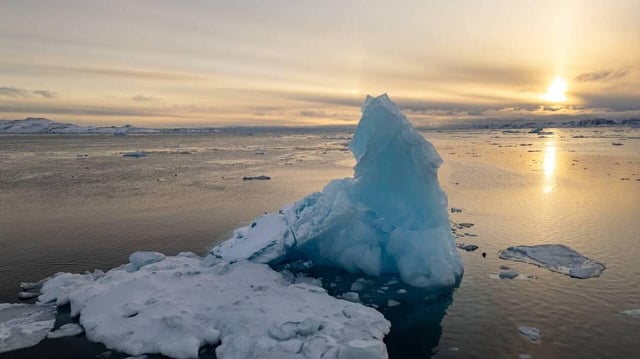Overview
- The Arctic sea ice's maximum extent for 2025 was confirmed at 14.33 million square kilometers, breaking the previous record of 14.41 million square kilometers set in 2017.
- Scientists attribute the record low to human-induced climate change, which has caused long-term warming and reduced ice formation in the Arctic.
- This winter, Arctic temperatures were abnormally high, exceeding the 1991-2020 average by 11°C and accelerating ice loss.
- In February 2025, the cumulative sea ice extent across both poles reached a historic minimum, reflecting a global trend of declining ice coverage.
- The loss of sea ice has far-reaching consequences, including amplified global warming, disrupted ecosystems, and emerging geopolitical tensions over new Arctic shipping routes and resources.


